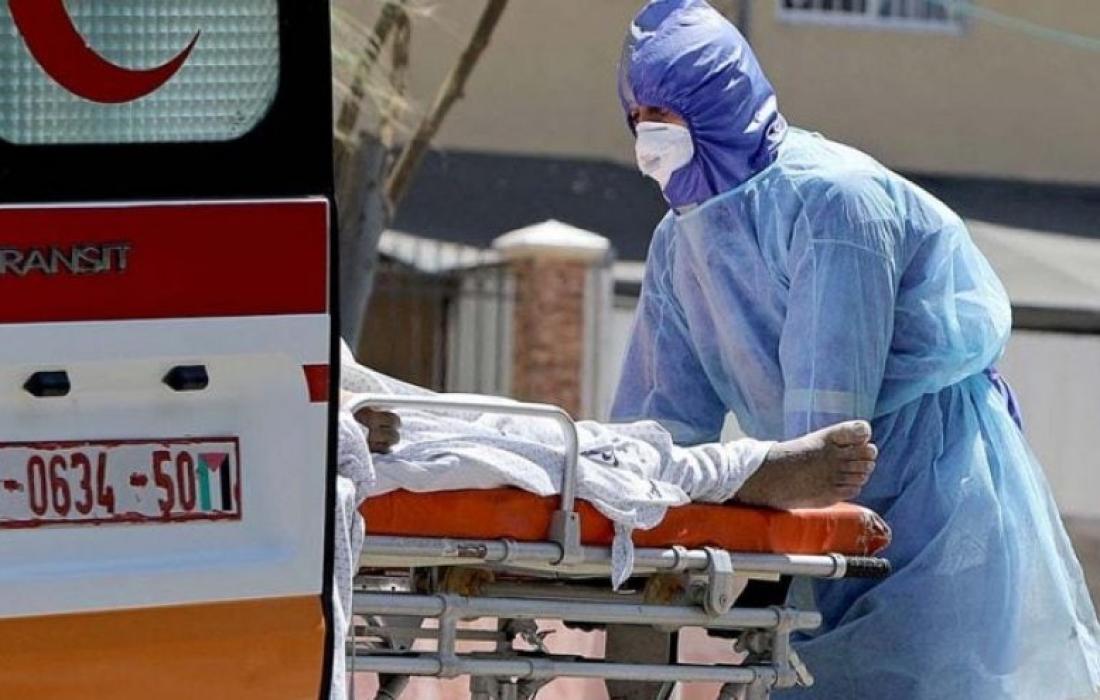(appendix p 5) compared with those at 7 days or longer after the second dose. Vaccine effectiveness against deaths was estimated to be 98∙1% at 14 days or longer after the second dose and 77∙0∙% at 14–21 days after the first dose (in contrast to 96∙7% at 7 days or longer after the second dose). Overall, as cumulative vaccination coverage increased, the 7-day daily moving average of incident cases of SARS-CoV-2 infection (per 100000 people) markedly declined across all age groups (figure 2). Notably, steeper and earlier declines were observed in older age groups, which had higher and earlier vaccine coverage. Specifically, although some declines in incident infections were evident around 2 weeks following the implementation of lockdown, sharper declines followed increased vaccine uptake. For example, steep reductions in incident cases of SARS-CoV-2 infections were observed for people aged 65 years and older starting in midJanuary, 2021, but were not observed until 3–4 weeks later among people aged 16–24 years, when vaccine coverage for this age group began to increase. Similar marked declines in all age groups, corresponding to increasing vaccine coverage, were seen in the incidence of COVID-19 hospitalisations, severe or critical hospitalisations, and deaths (appendix pp 6–11). It is also noteworthy that the declines continued even after the two phases of reopening and the final lifting of the lockdown. Discussion This nationwide observational study, with a median follow-up period of almost 7 weeks after receipt of the second vaccine dose, showed high effectiveness of two doses of BNT162b2, including among older adults, against SARS-CoV-2 infections and COVID-19 cases, hospitalisations, severe disease, and deaths. Corroborating the high effectiveness observed, marked declines in incident cases of SARS-CoV-2 infection were observed as vaccine coverage increased. Although populationlevel vaccine effectiveness data are ecological, and teasing apart the impact of a vaccination programme from the impact of non-pharmaceutical interventions (including a nationwide lockdown) is complex, it is noteworthy that declines in incident cases of SARS-CoV-2 for each age group corresponded with achieving high vaccine coverage in that age group rather than initiation of the nationwide lockdown. These findings suggest that the primary driver of reductions in the incidence of SARS-CoV-2 infections was high vaccine coverage, not implementation of the lockdown. Furthermore, even after reopenings occurred, SARS-CoV-2 incidence remained low, suggesting that high vaccine coverage might provide a sustainable path towards resuming normal activity. These data provide nationwide evidence of the beneficial public health impact of a COVID-19 vaccination campaign. During the study period, 95% of 8472 tested specimens showed an SGTF, associated with SARS-CoV-2

596 (7∙7%) received two doses with ≥7 days after the second dose. 4481 COVID-19-related severe or critical hospitalisations occurred in people aged 16 years and older, among which 3201 (71∙4%) people were unvaccinated and 364 (8∙1%) were fully vaccinated. Of the 1113 people aged 16 years and older who died from COVID-19, 715 (64·2%) were unvaccinated and 138 (12∙4%) were fully vaccinated. The incidence rate of SARS-CoV-2 infections among adults aged 16 years and older was 91∙5 per 100 000 person-days in the unvaccinated group and 3∙1 per 100 000 person-days in the fully vaccinated group, with an estimated vaccine effectiveness (adjusted for age group, sex, and calendar week) against SARS-CoV-2 infection of 95∙3% (95% CI 94∙9–95∙7%; table 2, appendix p 3). The adjusted estimates of vaccine effectiveness were 91∙5% (90∙7–92∙2%) against asymptomatic SARS-CoV-2 infection, 97∙0% (96∙7–97∙2%) against symptomatic COVID-19, 97∙2% (95% CI 96∙8–97∙5%) against COVID-19 hospitalisation, 97∙5% (97∙1–97∙8%) against severe or critical hospitalisation, and 96∙7% (95% CI 96∙0–97∙3%) against death (table 2).Adjusted vaccine effectiveness estimates against all COVID-19 outcomes were higher than 96% among people aged 75 years and older and people aged 85 years and older (table 3). Vaccine effectiveness estimates adjusted for each day of the study period (rather than calendar week) yielded similar results (data not shown). Adjusted vaccine effectiveness estimates against all SARS-CoV-2 outcomes were slightly higher at 14 days or longer after the second dose (table 4; appendix p 4) and somewhat lower at 14–21 days after the first dose